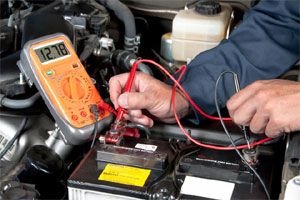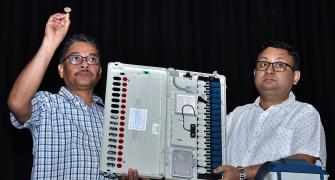Sulphur as a battery material is extremely abundant, relatively light and very cheap.
 A next generation cheaper, lighter and more powerful rechargeable battery for electric vehicles is one step closer to reality, scientists say.
A next generation cheaper, lighter and more powerful rechargeable battery for electric vehicles is one step closer to reality, scientists say.
The discovery of a material that maintains a rechargeable sulphur cathode helps to overcome a primary hurdle to building a lithium-sulphur (Li-S) battery.
Such a battery can theoretically power an electric car three times further than current lithium-ion batteries for the same weight -- at much lower cost, researchers said.
"This is a major step forward and brings the lithium-sulphur battery one step closer to reality," said Chemistry Professor Linda Nazar from the University of Waterloo.
In theory, sulphur can provide a competitive cathode material to lithium cobalt oxide in current lithium-ion cells.
Sulphur as a battery material is extremely abundant, relatively light and very cheap.
Unfortunately, the sulphur cathode exhausts itself after only a few cycles because the sulphur dissolves into the electrolyte solution as it is reduced by incoming electrons to form polysulphides.
Nazar's group originally thought that porous carbons or graphenes could stabilise the polysulphides by physically trapping them.
But in an unexpected twist, they discovered metal oxides could be the key.
The researchers found that nanosheets of manganese dioxide work even better than titanium oxides.
"You have to focus on the a fundamental understanding of the phenomenon before you can develop new, advanced materials," said Nazar.
Researchers found that the oxygenated surface of the ultrathin MnO2 nanosheet chemically recycles the sulphides in a two-step process involving a surface-bound intermediate, polythiosulfate.
The result is a high-performance cathode that can recharge more than 2,000 cycles.
Postdoctoral research associate Xiao Liang, the lead author, and graduate students Connor Hart and Quan Pang also discovered that graphene oxide seems to work by a similar mechanism.
They are currently investigating other oxides to find the best sulphur retaining material.
The research was published in the journal Nature Communications.







